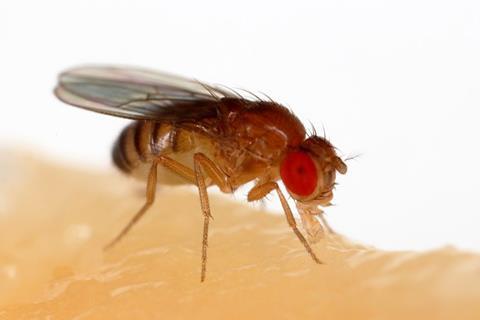Microbial communities exert a profound influence on various facets of animal behavior and physiology, making the comprehension of their interactions with hosts or the environment essential.

Drosophila melanogaster, a widely recognized model organism, has been pivotal in elucidating host-microbe interactions. Despite the existence of several protocols for generating germ-free (GF) Drosophila, their reproducibility has been constrained by the technical difficulty of maintaining airtight conditions in centrifuge tubes.
READ MORE: Probiotics in kombucha mimic fasting and reduce fat stores in worms
READ MORE: New Drosophila toolkit to help reveal how Covid-19 virus impacts human health
In a new study, scientists have introduced a refined method for the production of GF Drosophila, complemented by a straightforward verification process to ascertain its efficacy. They propose an innovative strategy employing bio-reaction tubes equipped with a 0.22 μm filter membrane cap, which facilitates the rearing and maintenance of GF flies, thereby streamlining the procedure and enhancing the efficiency of model construction.
Bacterial contamination
The team say the filter membrane allows air exchange while preventing bacterial contamination, eliminating the need for frequent cap opening and reducing the risk of errors.
The standardized protocol ensures consistent results, with a 100% success rate in generating germ-free flies compared to the previous 70%–80% rate.
”This method simplifies the entire process, making it more accessible to researchers and allowing for larger-scale experiments,” the authors said.
Intricate dance
”This advancement opens doors for deeper exploration of the intricate dance between hosts and their microbiota. By understanding these interactions, we can gain insights into various diseases, including obesity, diabetes, and even mental health disorders.
“With this new method, researchers can delve into the fascinating world of host-microbe interactions with greater ease and efficiency.”
The work entitled “A rapid and reproducible method for generating germ-free Drosophila melanogast”was published on Biophysics Reports (published on December, 2024).







No comments yet